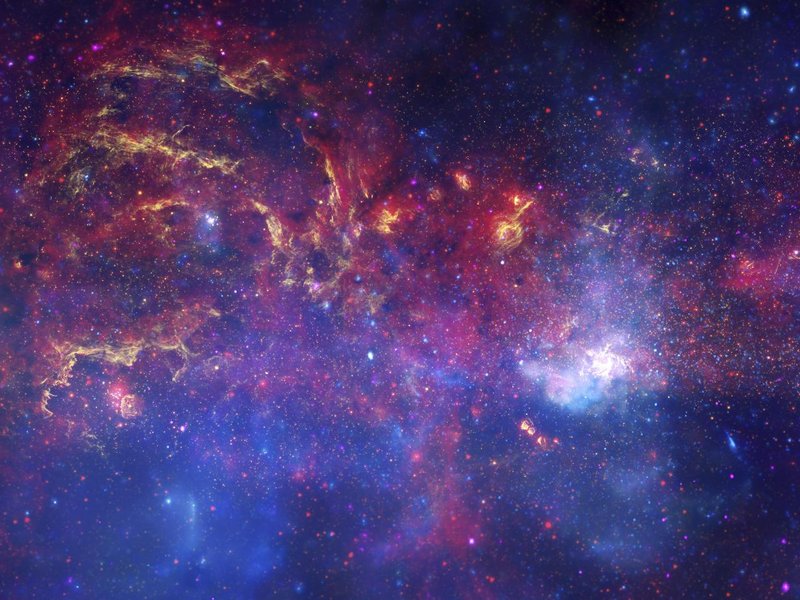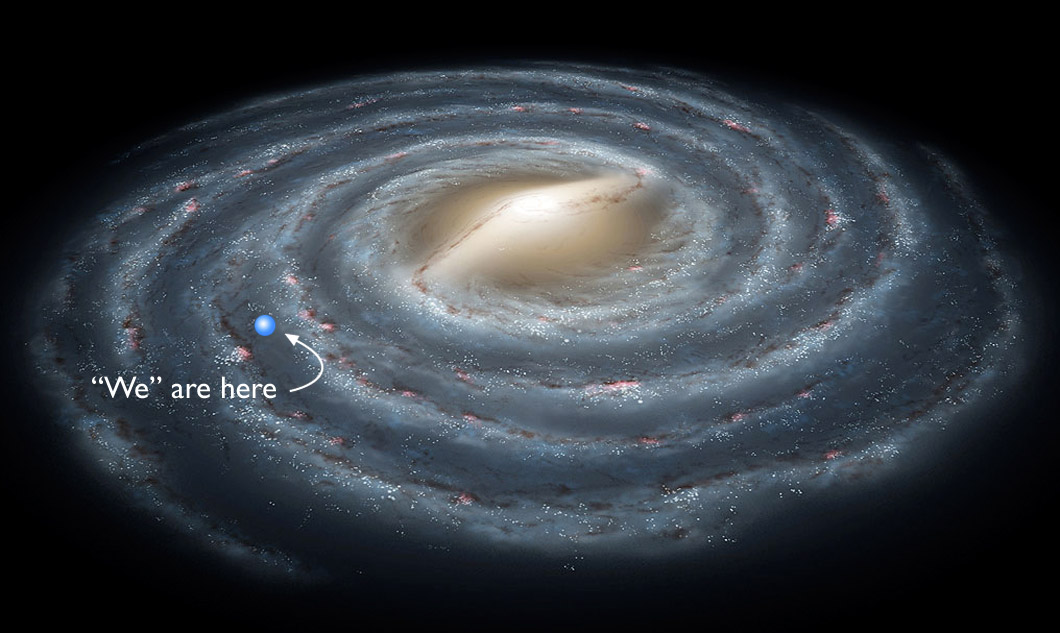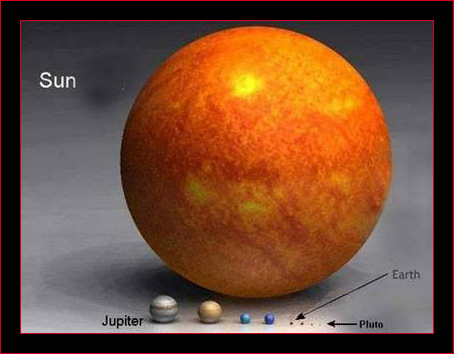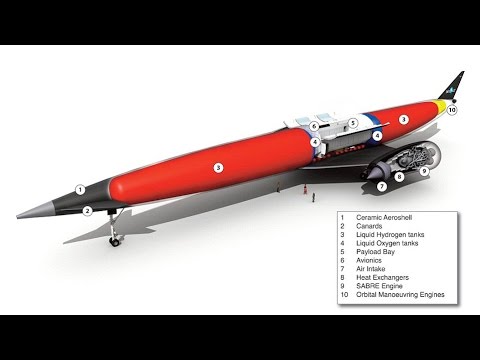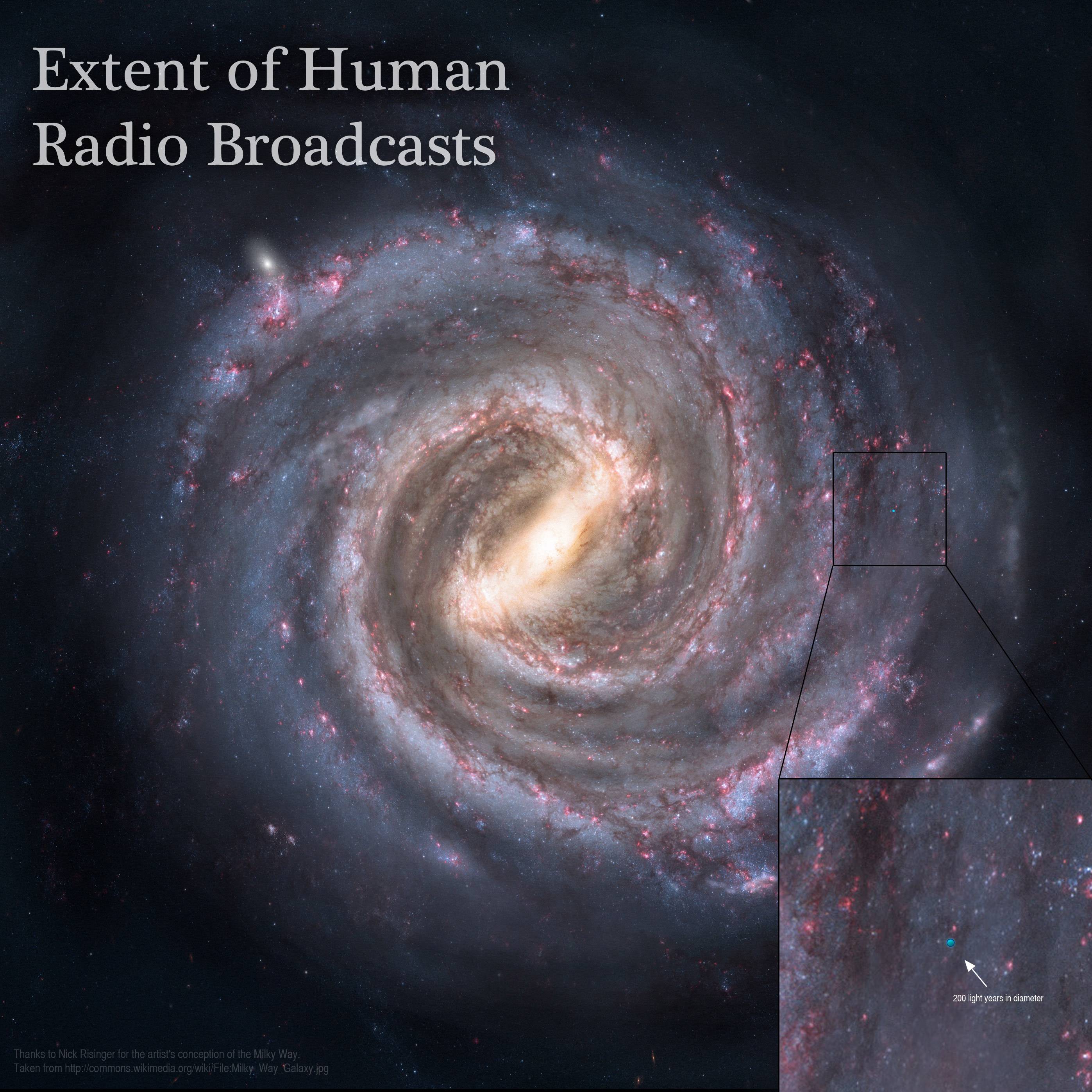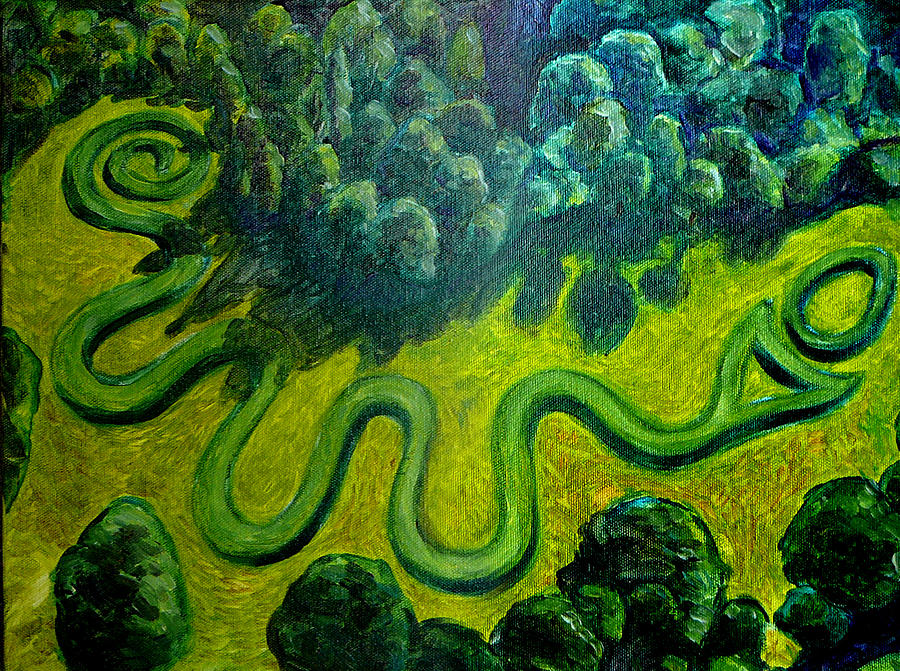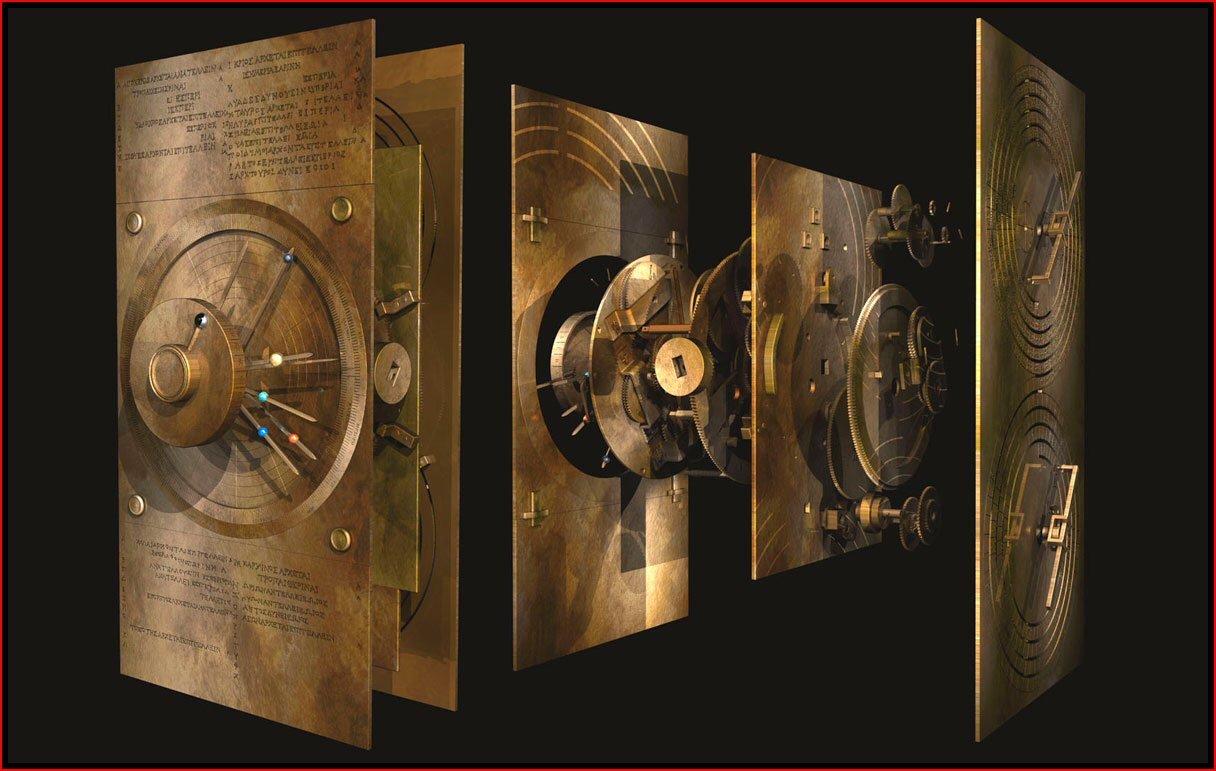What have our ancient ancestors known of Astronomy? Those who lived more than 2000 years ago. What technology did they have if they didn't have telescopes until the late 1500's AD?
As our solar system revolves it gives us four seasons. Some of the Stars and Constellations we see can only be seen because of this. It is part of how we have been able to know what is out there and plotted the distance between various points to produce drawings of The Milky Way Galaxy. For those who don't know how we came to know what it looks like so we could even render an image of it.
Down the road from me is Peebles, Ohio where the Serpent Mound is located.
The Serpent Mound is believed to have been built 321 years BC, by the Adena or Fort Ancient Indians. (both ancient mound building Indian Cultures) It's purpose is believed to predict when to plant or harvest. It's believed by some that the curves in the body of the snake parallel lunar phases, or alternatively align with the two solstices and two equinoxes as the head points to the east to align with the summer solstice and the tail at the west to align with the winter solstice. It is 1300 ft long and rises to 9 ft above the ground.
Many call this the American "Stone Hinge".
There is some other curious findings scientist have uncovered with this unique facility. The first of the seven curves of the serpent aligns with the constellation Draco which would be pointing to true North and thus serving as a compass. Others believe that all knowledge of these ancient people was compounded in this one earth work, "The Serpent Mound". These were primitive people who didn't keep records so all knowledge
of the workings of this creation are lost to antiquity. But it is still held that this earthen work could indicate a number of things or events. The serpent
was believed by many ancient people to have possessed magical powers so it's form may have been chosen to adapt for this early astronomical project.
There were many Mound Building Indian Cultures in the Ohio Valley and Mississippi Valley. Many dome shaped mounds were built to serve as burial sites. It is thought that they were created in that manner to withstand frequent flooding. Thus tribes could know where their dead were buried in spite of these natural disasters.
In other parts of the world such as Greece, engineers developed what was called the "Antikythera Mechanism".
Since it's discovery in the early 1900's near the Isle of Antikythera by divers who were fishing for food, this
device has born the name of the Island. Not sure what it was actually called in it's time but it dates back to
100 BC. It was a system of 30 bronze gears that were turned by a crank handle and was thought to forecast the accurately predict eclipses and the passage of celestial bodies through the sky. This could be
a very valuable tool to have aboard a merchant ship on long voyages as there were no sources on the water
(like the Serpent Mound on land) to reference while under way. With cloud coverage the stars couldn't be seen to navigate by. This may have been in some way helpful to use between clear skies and clouded ones.
Scientist who have studied this device have found that it tracked many things from Comets to Olympic Events.
Google featured this yesterday 5/17/2017.
Youtube video explaining the Antikythera Mechanism.
exploded view
To the Left is the ruin found by the divers and to the Right is a drawing back engineered by X Ray technology.
Today you can purchase an App that simulates this device on the iTunes Store for $3 bucks. Works on iPhone or iPad.
https://itunes.apple.com/us/app/antikythera-mechanism/id989574753?mt=8
or for Android
https://play.google.com/store/apps/details?id=com.fivasim.antikythera&hl=en
But we knew enough about our Solar System 2000 or more years ago to create these resources. One by primitive people, and the other by the most advanced.
